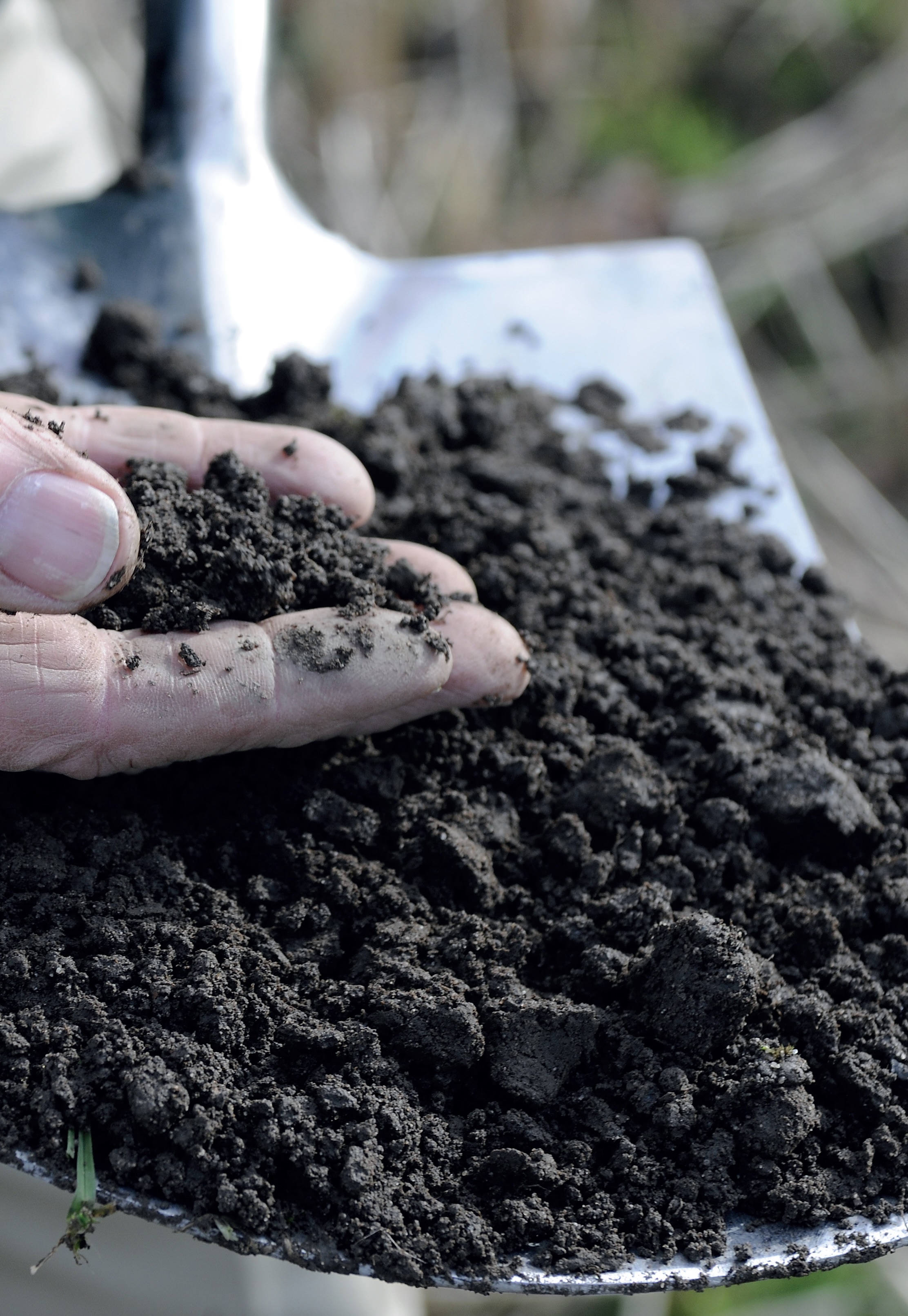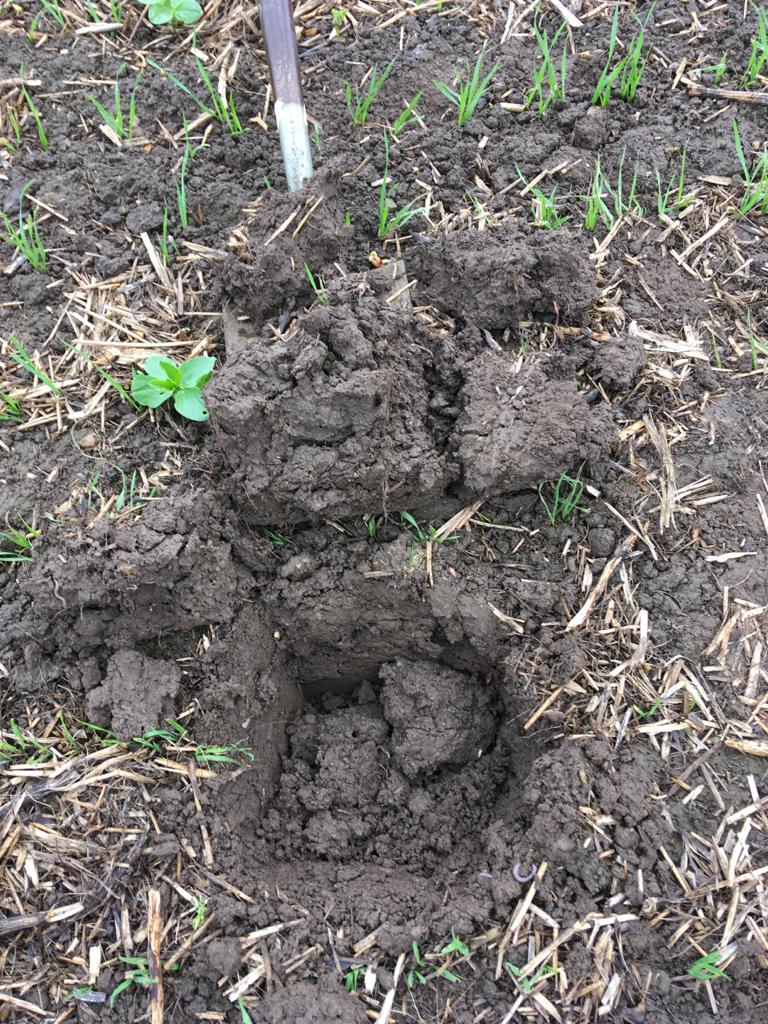Develop your soil management plan pre-harvest
In the first blog of this soil management series, we're exploring why it's vital to start planning for soil management in autumn-drilled crops well in advance of planting; when the previous crop is still in the ground.
It's widely agreed that soil health and structure are topping the list of priorities on farm and at Frontier, 'soil function' is one of the key focus areas within our sustainable crop production model.
However, once the combines start rolling priorities can change, and it can seem easier to revert to thinking 'let's just do what we always did' for ease.
Instead, we need to start thinking about soil management plans now, pre-harvest, to have a positive impact on future crops. This requires a hybrid approach – utilising new technology and ways of thinking, such as applying regenerative agriculture techniques along with other methods proven to benefit your soil on your farm.
Where should you start with soil management?
The place to start is with a spade. Conversations are already being had on what fields have performed well, which had drainage issues, and which didn't establish as successfully as hoped. To investigate the 'why and how', we need to pick up a spade and start reviewing the state of play underground.
For example, where drainage or compaction has been the issue, dig and see how deep the problem is – is it 5cm, 10cm or more? The answer will then give you an idea on how to resolve – is the compaction issue easily dealt with by cultivation, or do we need to reconsider what crops are being planted in that field next year? Likewise, timing is key – do we need soils to be dry, or is a higher moisture content necessary?
Alongside the visible issues like drainage, we need to review soil condition from a chemical and biological front. A great way to do this is by conducting in-field soil assessments by hand but our Soil Life Fundamentals report is also an excellent option. The analyses that form the report cover chemical, biological and physical characteristics of soil, thereby providing a full picture of health and useful benchmark.
Similarly, in finding out the VESS (Visual Evaluation of Soil Structure) score, you'll identify structural issues but also the general state and health of your soil. This is where soil mapping and biomass imagery is also useful, using data and expertise from the SOYL team, iSOYLscout and the environment manager tool to record, assess and determine next steps.
What's key is that by assessing soil condition now, we're able to benchmark performance year-on-year, either improving soils or, if soil health is as you want it, ensuring you don't go backwards.
Why do I need a soil management plan?
By taking this proactive approach, you're already fulfilling what will be a statutory requirement in the future and you'll be doing the right thing for the soil too.
The Sustainable Farming Incentive (SFI) pilot, officially launched at Cereals 2021 by George Eustice MP, Secretary of State indicates that you will be rewarded for assessing and managing soils in this proactive and detailed way as part of its eight standards. Therefore, by doing pre-harvest soil management now, you'll be in a good position to meet the SFI requirements in the future.
For example, in the SFI arable and horticultural soils standard, there are three levels. The actions required to meet the introductory level are best practice procedures, all of which growers will be advised to do to maintain and improve soil health and structure:
Introductory level: actions
- Carry out a soil assessment
- Maintain soil structure and alleviate compaction
- Provide minimum winter soil cover on all cultivated land
- Sow green cover on high and very high-risk land.
There are also intermediate and advanced levels, which include providing winter soil cover, applying organic matter and creating a soil management plan.
How do I create a soil management plan?
If you're thinking a plan needs to be created or updated, begin by assessing the current situation.
Mapping the whole farm allows you to review the poorer performing areas. If this hasn't been done before, the best time is when crops have been removed, so prepare for this as part of your post-harvest management.
Once you have this data, you can begin to consider all options such as variable rate seed application, cover crops or organic manure applications. Again, this is where expertise from the SOYL team and Frontier's Soil Life service can assist in decision making and benchmarking performance.
Practical steps to plan for
- Target primary cultivations where you know you have issues to correct – you've already reviewed with a spade in the field which can help you be strategic with where you cultivate and how that's done.
- Consider weather patterns throughout the season – for example, has clay soil cracked due to the summer weather? If so, there's no need to subsoil that field.
- Although the direction of travel is to avoid moving soil, that doesn't mean ploughing can't be done if that's the solution, for example, if black-grass pressure is high. The key is to be strategic, moving soil sparingly but with a purpose.
- Review grassweed burden - you can find some useful advice about post-harvest management in this blog we published last year.
- If you're not seeing results from current practices, it may be worth considering stewardship options and how they can benefit the wider rotation and the business bottom line. We'll discuss this more in our next blog, showcasing how catch and cover crops can fit your system.
For more information about anything covered above, or if you would like further advice or recommendations creating a soil management plan, please speak to your local Frontier or SOYL contact. To learn more about our services relating to soil management, you can find more information on our website at the links below.
As a subscriber, you’ll receive email alerts each time a new blog is published so you can always stay updated with the latest advice and insights from our experts







Comments